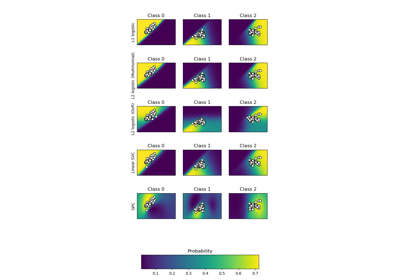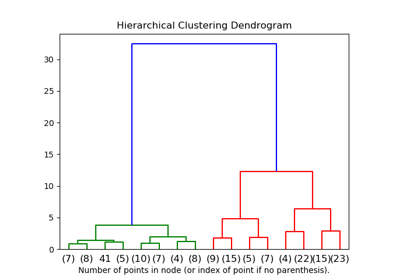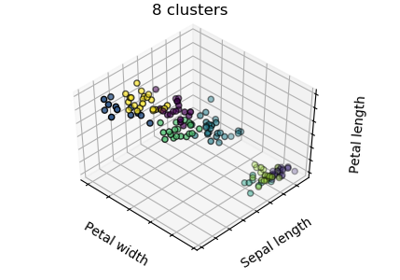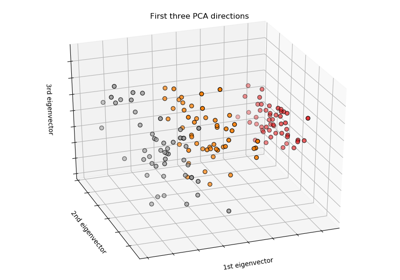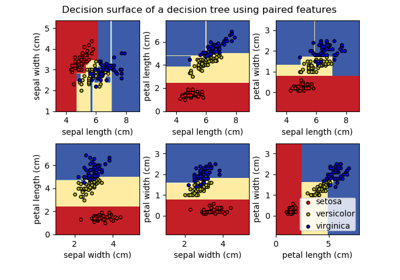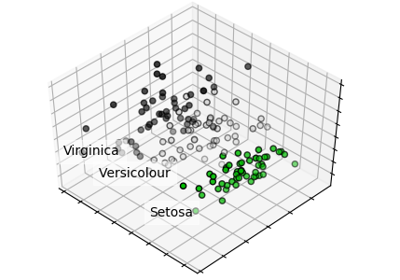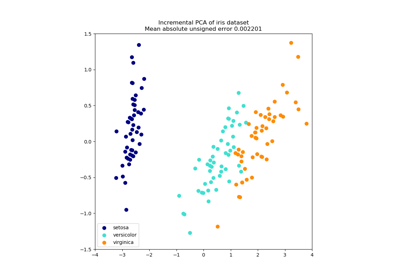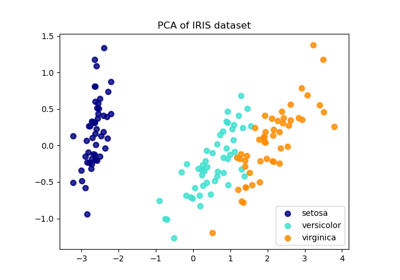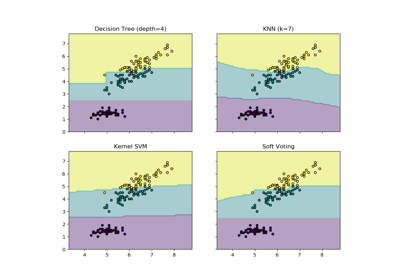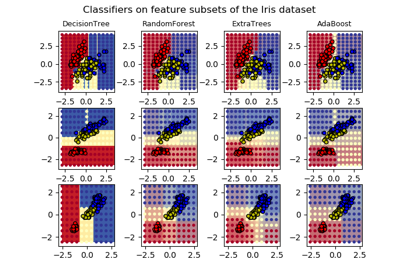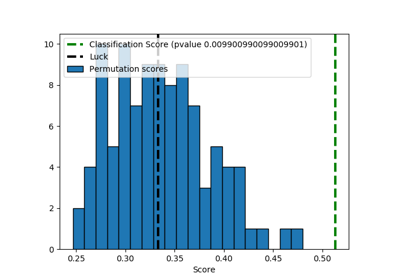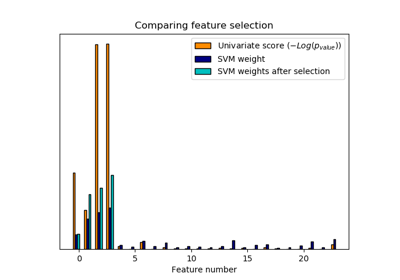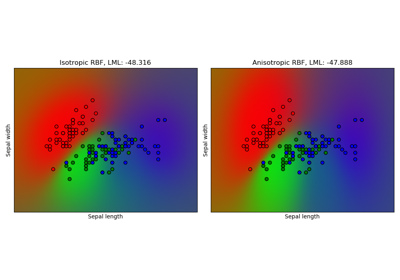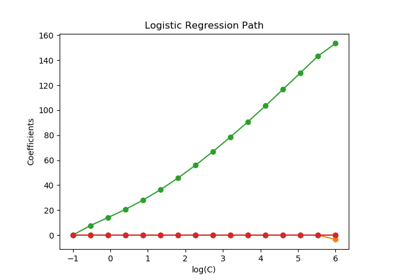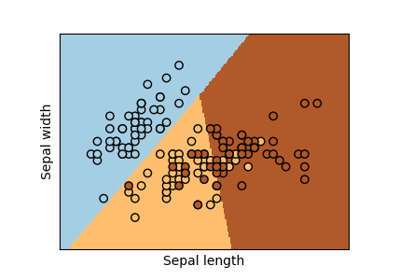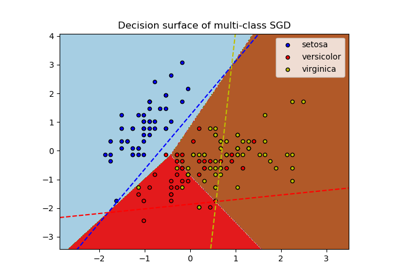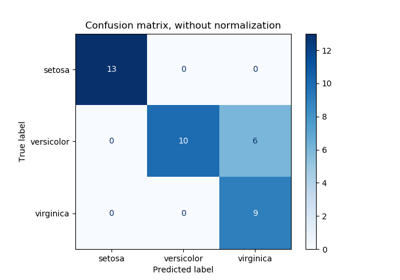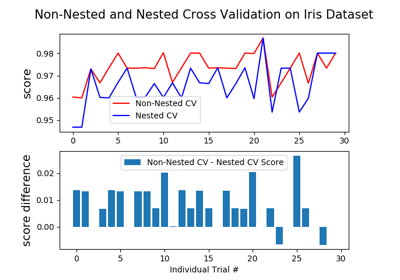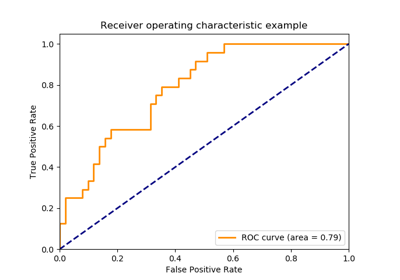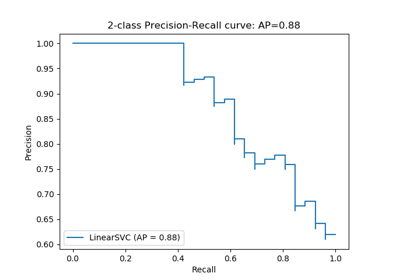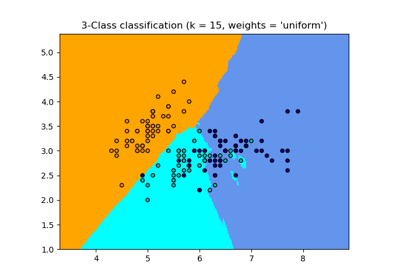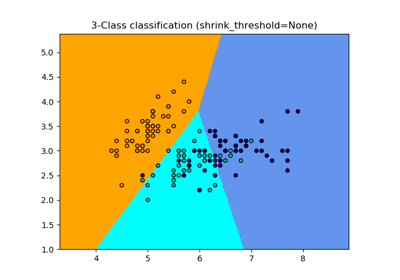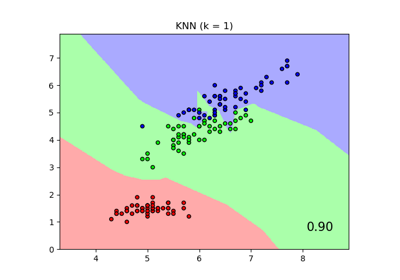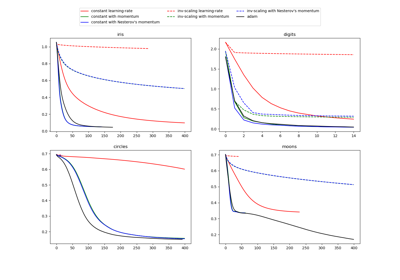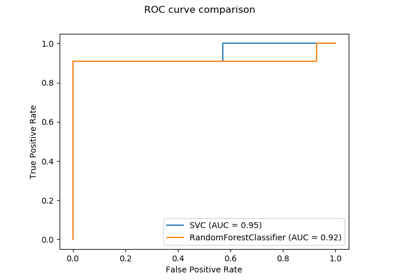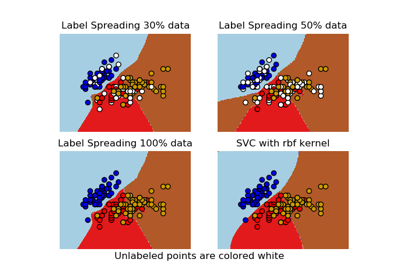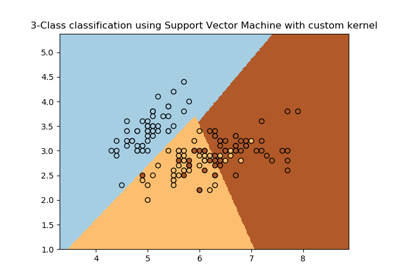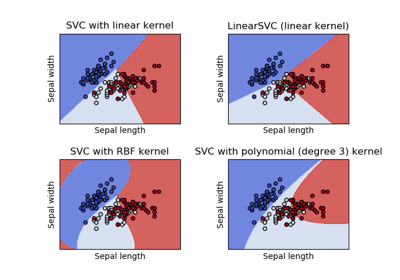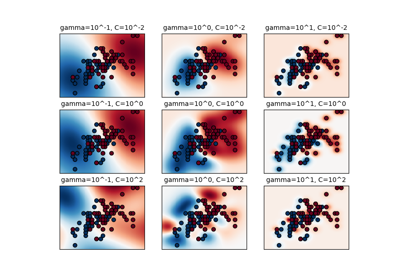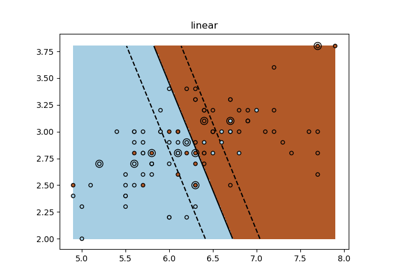sklearn.datasets.load_iris¶
-
sklearn.datasets.load_iris(return_X_y=False)[source]¶ Load and return the iris dataset (classification).
The iris dataset is a classic and very easy multi-class classification dataset.
Classes
3
Samples per class
50
Samples total
150
Dimensionality
4
Features
real, positive
Read more in the User Guide.
- Parameters
- return_X_yboolean, default=False.
If True, returns
(data, target)instead of a Bunch object. See below for more information about thedataandtargetobject.New in version 0.18.
- Returns
- dataBunch
Dictionary-like object, the interesting attributes are: ‘data’, the data to learn, ‘target’, the classification labels, ‘target_names’, the meaning of the labels, ‘feature_names’, the meaning of the features, ‘DESCR’, the full description of the dataset, ‘filename’, the physical location of iris csv dataset (added in version
0.20).- (data, target)tuple if
return_X_yis True New in version 0.18.
Notes
Changed in version 0.20: Fixed two wrong data points according to Fisher’s paper. The new version is the same as in R, but not as in the UCI Machine Learning Repository.
Examples
Let’s say you are interested in the samples 10, 25, and 50, and want to know their class name.
>>> from sklearn.datasets import load_iris >>> data = load_iris() >>> data.target[[10, 25, 50]] array([0, 0, 1]) >>> list(data.target_names) ['setosa', 'versicolor', 'virginica']

